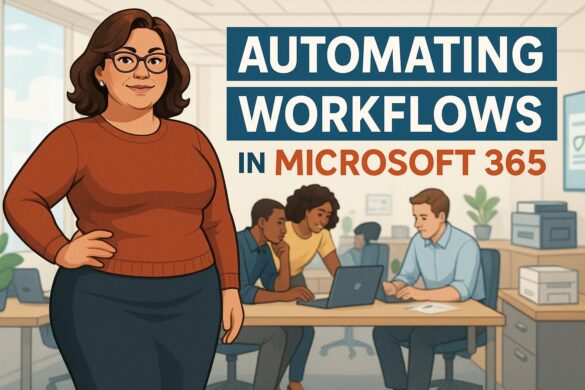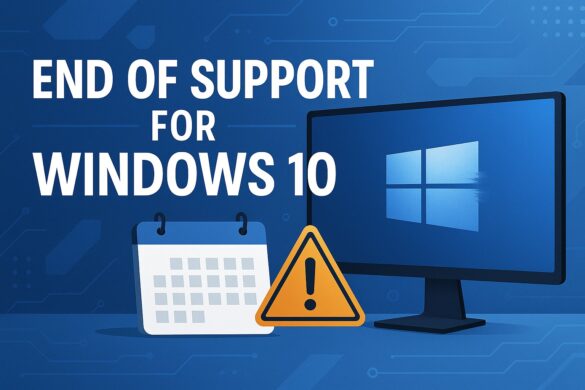Technology Is Revolutionizing The Construction Industry
Have you considered what Artificial Intelligence has to offer your construction firm? Maybe you think that’s a ridiculous statement, but really, it’s just a matter of perspective.
Go back a few centuries and ask someone in a similar field whether they’ve considered using nail guns and automobiles. At that time, those technologies would have seemed impossibly new, and likely unnecessary.
The same goes for a range of new technologies entering the construction field today. It may seem like you don’t need them, but in a few years, you may instead feel like you can’t imagine working without them.
All of this begs the question…
What Technologies Should You Be Using In Your Louisiana Construction Firm?
Technology That Makes You More Productive
1. Productivity Software
There is software available to support each and every aspect of the work you and your crew undertakes every day. Whether it’s scheduling, provisioning, generating invoices, or otherwise, there’s an application that can make the process as simple and intuitive as possible.
What’s more, much of this software is cloud-based, which means you aren’t stuck at your desk every time you need to draw up a particular work order or another type of file. No matter where you are, so long as you have an Internet connection, you can access the data you need.
2. Mobile Devices & Apps
Hand in hand with modern cloud-based software are the convenient devices you can access your data from. Smartphones and tablets enabled with data connections allow you to do everything you once could only do in the office, on the go.
This saves you an immense amount of time that would otherwise be spent waiting on information to make it to your office in hard copy or waiting for the right person to get back to the office and get on their computer.
3. Offsite Construction
Why even bother building the project onsite when you can prefabricate it somewhere else, and just assemble it when you get there?
Perfect for projects that have repetitive floor plans and generally simple designs, offsite construction makes uses of an assembly plant approach to construct all the necessary parts of the project where it’s easiest to do so.
Once constructed, these parts are taken to the site and assembled in a short time frame, reducing waste and maximizing worker productivity.
4. AI & Machine Learning
Artificial Intelligence (AI) isn’t the sci-fi topic it used to be. In modern applications, AI helps firms like yours to take large amounts of data and analyze it to better understand how effective their business processes are.
A. AI can track workers around the job site via their smartphones and wearables to determine whether they are wasting time in going from one spot to another, retrieving tools and materials, etc.
B. AI can help you better arrange a job site by tracking tools and vehicles to determine whether too much time is being wasted moving them from one location to another.
C. AI (in the form of autonomous drones and rovers) can observe job sites to track progress in real-time, comparing HD footage against the 3D models of the intended end product.
D. AI can study data on work reports and determine where errors have occurred in the highest frequencies, allowing you to decide whether your crew may need to be retrained or switched around in order to ensure a more successful project.
Technology That Supports Safety & Training
1. Augmented & Virtual Reality
Long before they ever step foot on a worksite, your crew could be extensively trained on their work and expected safety measures in Virtual Reality (VR).
Exposing workers to the experience of working in tight spaces or at great height in a virtual environment will help to prepare them for the reality of their job when the time comes to work onsite.
Whereas VR simulators were once only used for training military and air force personnel, developments in the technology have made it cost-effective enough to bring it into other sectors.
Similarly, Augmented Reality (which enhances the real-world environment with overlaid information) can support safety in the work environment as well. A worker wearing a “smart” hardhat or goggles would see highlighted safety hazards marked in illuminated graphics, ensuring they take notice and stay safe.
2. Wearables
Thanks to developments in small, lightweight sensors and transmitters, technology is more wearable than ever. This type of technology could be applied on job sites by embedding it in hardhats and safety vests, monitoring a range of data:
- Location (including elevation)
- Biometrics
- Voltage detection
With the crew all tracked by these devices, managers can better understand where their team is, and what shape they’re in.
3. Site Sensors
Sensors mounted in a number of areas around the site can help to provide a range of data types important to managers, including:
- Temperature
- Noise levels
- Dust particulate density
- Voltage levels
The more information a manager has on the job site while they’re away, the better.
What Does This Mean For Your Louisiana Construction Firm?
If you haven’t tried any of these technologies on a project, then it means you’ve fallen behind. While it’s understandable if you haven’t deployed autonomous drones to observe your job site, you should at the very least be using mobile devices to log and access vital data.
The point is that there’s a number of ways you can improve how you approach the work you do. If using one of these technologies can improve one of your processes and save you some time, that means it’s also saving you money.
Don’t leave money on the table – if you’re unsure about how to invest in and deploy one of these technologies, then reach out to your New Orleans IT company.



